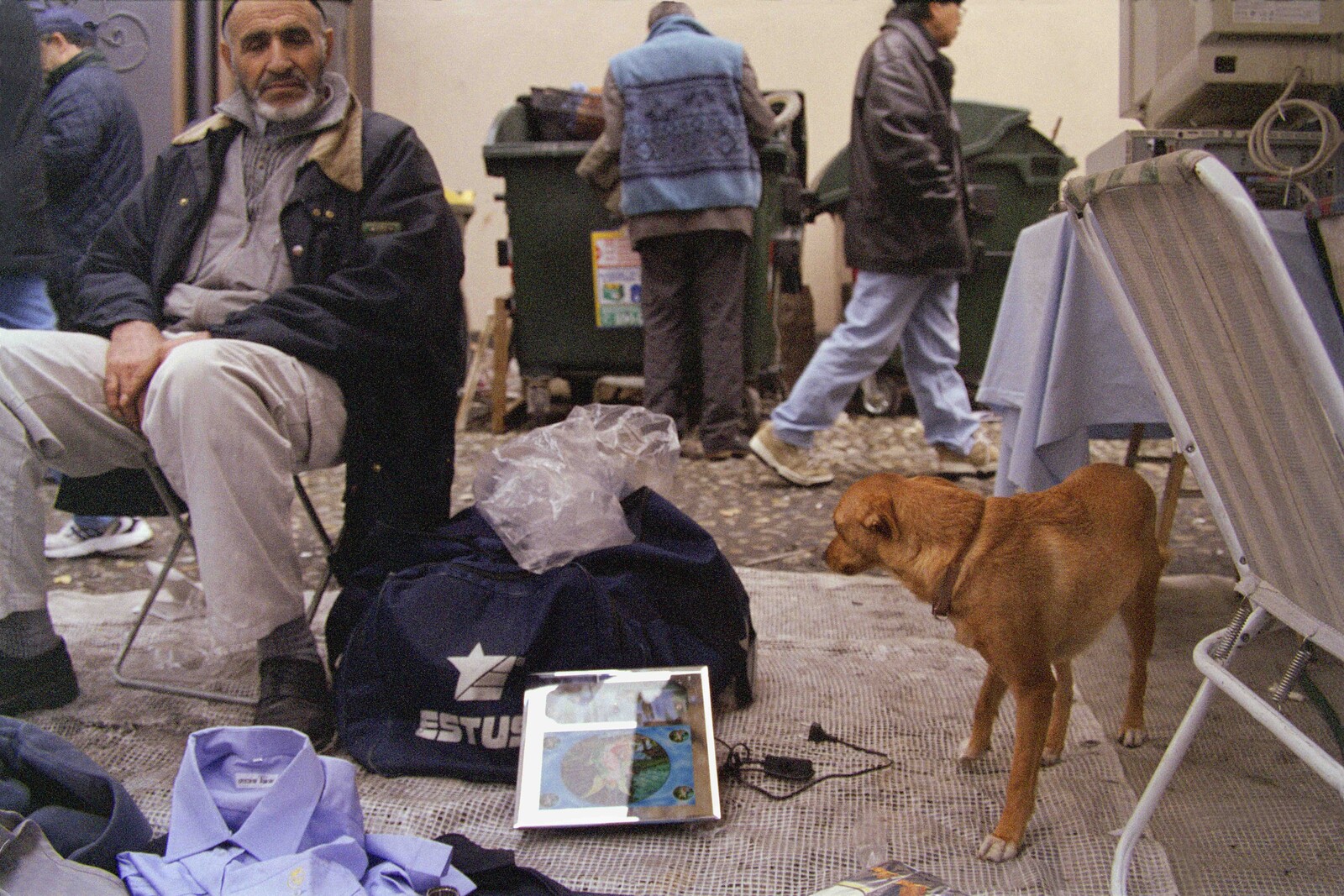March 16–May 20, 2022
ETH Zurich, Stefano-Franscini-Platz 5
8093 Zürich
Switzerland
Artists: Bas Jan Ader, Andreas Angelidakis, Aristide Antonas, John Berger and Jean Mohr, Miriam Cahn, Peter Friedl, David Harding, Edi Hila, Doruntina Kastrati, Ibrahim Mahama, Anna Molska, Ahlam Shibli, Tercerunquinto, Yannis Tsarouchis, Allyson Vieira:
“In the books you will find the names of kings. / Did the kings haul up the lumps of rock?” asks Bertolt Brecht in his poem “Questions from a Worker Who Reads” (1935). Life, Without Buildings follows on from the eponymous seminar held by Adam Szymczyk at ETH Zurich in 2021, which explored possibilities of life beyond the architectural and infrastructural confinement of any built environment. The seminar’s title was inspired by the name of the Glasgow band Life Without Buildings (active between 1999 and 2002) and echoes the call of Superstudio for a “life without objects”—an anarchitecture of unconfinement, a living freed from design.
Life, Without Buildings conceives of architecture in the context of contemporary conditions, involving the issues of labor, displacement, and homelessness that are all too often ignored in architectural practice, as well as in the history and theory of architecture, thus structurally repeating a larger pattern of depoliticized life in the neoliberal era. And yet, a generalized state of “unhomeliness,” a sudden realization that life is fundamentally out of joint, without fixed parameters, in danger, comes to define our present moment, indelibly marked by the Russian invasion of Ukraine—a war that involves us all and that lends a different meaning to the titular question of Josep Lluís Sert’s 1942 pamphlet on the evolution of the modern city: Can Our Cities Survive?
Some of the participants in the show were trained as architects; others were not. They are artists and writers, designers and photographers, who question the boundaries of their professions and put their métier to the test in their new and recent works presented in the exhibition. The show also includes several historical works, such as the 1970 artist’s book Fall by Bas Jan Ader (1942–1975, when he disappeared at sea), consisting of photographs of Ader’s performances staged as falls—instances of the force of gravity manifesting itself against the natural and built environment. John Berger’s book A Seventh Man (1975), written in a Brechtian spirit, brought to light the systemic exploitation of migrant workers from the South working in factories and on construction sites in Western Europe, including Switzerland. His critique of the economy behind the large infrastructural projects echoes in contemporary movements resisting oppression of workers globally. Drawings by Miriam Cahn, executed in 1979 for a scale model of the Parthenon (Athens, 5th century BCE) built in Basel, are studies and renderings of the metopes of the temple’s frieze in pencil. David Harding worked as Town Artist of Glenrothes, Scotland, from 1968 to 1978 and then continued his engagement with art in urban contexts as head of the Environmental Art Department at The Glasgow School of Art, founded in 1985 as a result of Harding’s deep commitment. Documentation of his works at Glenrothes is included in the show. Ahlam Shibli’s series of photographs Market (2005) is a portrait of migrant street vendors in their improvised market in Turin that is organized through human interactions—all the while its life flowing against the rigid structure of the existing streets, pavements, and walls of buildings that provide little shelter to the “unrecognized” city dwellers. The works by Yannis Tsarouchis (1905-1989), such as Stone Wall of Epidauros (1965) and an initial study (1968) for a painting of a butterfly-winged Spirit of Boredom hovering over a harbor of Piraeus, are presented on cotton-covered wood-frame walls—themselves a fragment of an unrealized display structure designed by Andreas Angelidakis for Tsarouchis’s recent survey exhibition at Wrightwood 659 in Chicago.
The exhibition also includes proposals by former students of the “Life Without Buildings” seminar—Vasco Medici, Elisa Pezza and Armand Zanota—presented in the Alumni Lounge adjoining the gallery.
Curated by Adam Szymczyk, Verein by Association, with curatorial contribution by Salvatore Lacagnina
gta exhibitions co-directors: Fredi Fischli and Niels Olsen
Curatorial assistant: Elena Bally, gta exhibitions
Production: Daniel Sommer, gta exhibitions
Communication design: Julia Born



